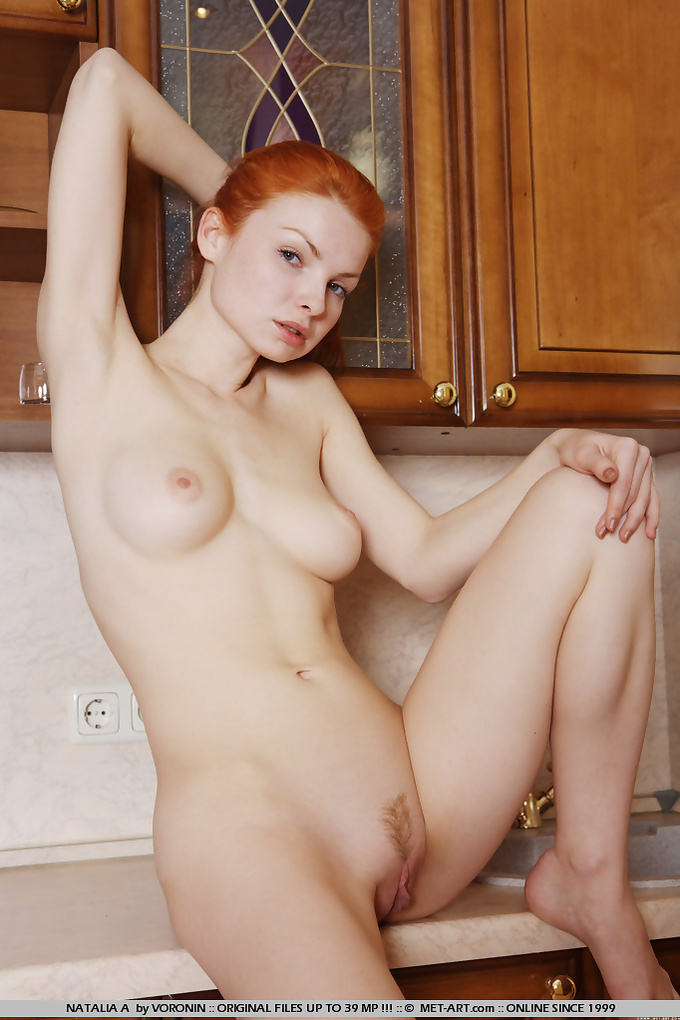Have you ever wondered about the people who bring life to an artist's canvas or sculpture? It's almost as if these individuals, often called art models, are the silent partners in the creative process, offering their form as a blueprint for artistic expression. They are, in a way, the living muses that help artists capture the beauty and complexity of the human body. This unique role is truly something special, providing an invaluable resource for anyone looking to create compelling figure art.
An art model is a rather specific kind of modeling subgroup. They get hired to help in making and showing artwork that reflects the human shape. These models are intended to act as the artist's inspiration, used as a guide to bring visions to life. They volunteer to be drawn, painted, sculpted, or even photographed by artists, giving them a real-world reference point.
In this post, we're going to look closer at what art models do, why they are so important for artists, and where you can find great resources for your own creative projects. We'll also touch on what it might be like to step into this very interesting career. So, if you're an artist seeking inspiration or simply curious about this often-overlooked part of the art world, you're in the right place.
Table of Contents
- What Exactly is an Art Model?
- The Vital Role of Art Models in Art Creation
- Behind the Scenes: What an Art Model's Job Really Involves
- Finding Your Muse: Resources for Artists
- Considering a Path as an Art Model?
- Frequently Asked Questions About Art Models
- Conclusion
What Exactly is an Art Model?
An art model is, essentially, a person who poses for artists. This can be for painters, sculptors, or photographers. They are a kind of alternative modeling group, different from fashion or commercial models. Their main job is to help create art that shows the human body. As a matter of fact, they act as the artist's muse, giving them something real to look at and work from.
These individuals are meant to be a visual guide. They help artists understand how light falls on a body, how muscles look when flexed, or how a body moves in space. They are volunteers who offer their form to be captured in various art forms. This is really important for artists who want to make their work look lifelike and believable.
They often pose for different artists, sometimes for a single person, but also for entire art classes. It's a rather unique way to contribute to the art world, providing a living reference that static images just can't quite match. So, in some respects, they are the very foundation for many pieces of art.
The Vital Role of Art Models in Art Creation
For artists, having a real person to observe is incredibly valuable. It's like having a living, breathing guide for drawing and painting. A live model is an invaluable resource, especially for an artist learning to create portraits or figure art. This is a very complex area of art, and it's hard to get it right without seeing a real person.
When an artist is trying to draw or paint a person, they need to understand how the body works. They need to see how light hits the skin, how shadows form, and how the body's proportions look from different angles. A model provides all of this information in real time. This helps artists get better at recognizing certain shapes and forms, which is pretty helpful.
For example, if you're practicing gesture drawing, having a model helps you quickly capture movement and energy. It's not just about getting the exact shape, but about feeling the pose. This kind of practice can really improve an artist's skills. Art models are truly essential for anyone serious about figure art, as they provide a direct link to human anatomy and expression.
Behind the Scenes: What an Art Model's Job Really Involves
Becoming an art model means you'll be posing for artists, both those just starting out and those who are professionals. They often pose without clothes, and a big part of the job is staying very still. Models must sit in a single position for an hour or even more. This gives artists enough time to look closely at them and draw or paint their figure.
The job requires a lot of patience and discipline. It's not always easy to hold a pose for a long time, especially if it's a difficult one. Models need to be able to stay still and focused, allowing the artists to observe them without interruption. This stillness is what allows artists to really capture the details and nuances of the human form. It's a bit like being a living statue, in a way.
Art modeling involves posing for an art class and its students, or sometimes just for one artist. They are the ones who help bring the human form to life on paper or in clay. Understanding this career path and its responsibilities can help someone decide if they would like to try it out. It's a job that requires a certain kind of dedication, that's for sure.
Finding Your Muse: Resources for Artists
For artists who need references, there are many great resources available today. Websites like Posespace offer a huge number of photos. You can see the most recent art model poses from their newest models, and their gallery has 22,000 photos. They boast the most diverse collection of model references for figure drawing, with over 80,000 specialized images. This is a pretty amazing collection, really.
Posespace provides photos for artists to use as a guide when creating figure art. It's complete with a vast variety of poses, making it easy to find what you need. Another great option is Artmodels360, which provides high-quality figure model reference photos for both painters and sculptors. These resources are designed to make it less about searching and more about finding what you need quickly.
If you're looking for specific poses, many sites have search tools. You can narrow your search by model, style, props, genders, and more. This helps artists find the figure drawing pose they need fast. Quickposes is another helpful tool, especially for art students or illustrators who want to focus on improving their drawing skills through gesture practice.
There are also tools that let you create your own figure drawing references. Some offer free character posing tools where you can pose 3D models with premade animations to create dynamic pose references for your art. This gives artists a lot of control over the lighting and angles, which is very useful. You can also find a greater variety of models for figure art from online collections and stock photo sites, like those that explore authentic model poses for artists' stock photos and images for your project or campaign.
For those who want to get many poses at once, you can often find your favorite art reference poses packaged in a .zip file for easy download. These are usually at a lower price than buying individual poses. After buying, a link gets emailed to you, and you can start your download right away. And of course, communities like DeviantArt are where art and community thrive. You can explore over 350 million pieces of art and connect with other artists and art lovers, which is pretty cool.
Considering a Path as an Art Model?
If you're thinking about becoming an art model, it's a good idea to understand what the career path involves. As we discussed, it means posing for artists, often for long periods, and sometimes without clothes. It requires a lot of discipline and the ability to stay very still. This is a crucial part of the job, as artists rely on that stillness to capture the human form accurately.
The art model career path is unique, offering a chance to be a part of the creative process in a very direct way. It's not just about standing there; it's about helping an artist realize their vision. You become a living reference, a source of inspiration. This can be a very rewarding experience for those who enjoy contributing to art and have the patience for it. It's a job that really makes a difference to artists, you know?
While the provided text doesn't go into detail about how to get started or typical pay, it does highlight the core responsibilities. If you're considering this path, researching local art schools, studios, or artist groups might be a good next step. They often look for models for their classes or projects. It's a rather interesting way to make a living, that's for sure.
Frequently Asked Questions About Art Models
What is the definition of an art model?
An art model is a person who volunteers to be drawn, painted, sculpted, or photographed by artists. They are a kind of alternative modeling group, hired to help create and show artwork that reflects the human body. They act as the artist's inspiration or muse.
Do art models pose nude?
Yes, art models often pose without clothes. This allows artists to observe and capture the human figure in its complete form, focusing on anatomy, light, and shadow without the distraction of clothing. It's a common practice in figure art.
How long do art models pose?
Art models must sit still in a single position for an hour or even more. This gives artists enough time to observe them closely and capture their figure in detail. The exact duration can vary depending on the artist's needs or the class schedule.
Conclusion
Art models play a truly vital role in the art world. They are the living references that help artists capture the human form, from the smallest details to the broadest gestures. Whether you're an artist looking for diverse pose references or someone curious about what an art model does, it's clear their contribution is very significant. Resources like Posespace and Artmodels360 make it easier than ever to find the perfect pose for your next project, offering thousands of images and specialized tools.
The human form has always been a central subject in art, and the art model helps keep that tradition alive, in a way. They provide a connection to reality that digital tools can only approximate. So, next time you admire a figure drawing or a sculpture, you might think about the art model who helped bring that vision to life. To learn more about art models on our site, you can browse our extensive collection of articles. Also, check out this page for more resources for artists.
For more detailed insights into the practice of figure drawing and the importance of live models, you might find information at reputable art education sites, like those associated with the National Academy of Realistic Art, which often discuss traditional art practices and the role of models.



